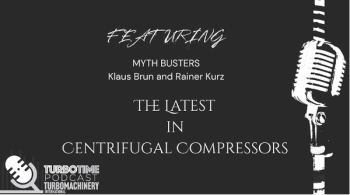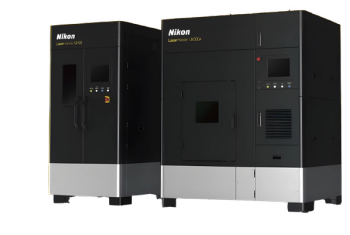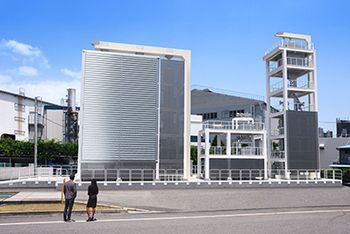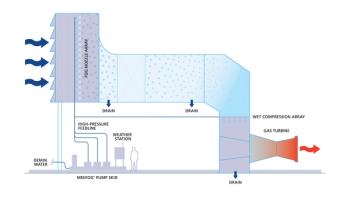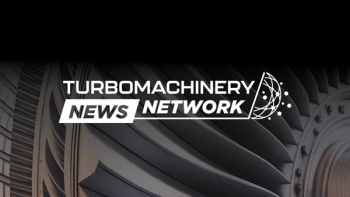
SWRI Says NPSS Turbomachinery Models Can Guide Future Preventive Maintenance to Improve Reliability
Tim Allison of SwRI shares how the institute is working to improve turbomachinery reliability and material compatibility of hydrogen and sCO2 oxy combustion.
At Turbo Expo 2025, Tim Allison, Director of R&D in the Machinery Department at the Southwest Research Institute (SwRI), sat down with Turbomachinery International to discuss how SwRI is advancing diagnostics and predictive maintenance to extend the life and improve the reliability of existing turbomachinery, and how decarbonization goals are influencing turbomachinery design in terms of new materials and alternative fluids like hydrogen.
How is SwRI advancing diagnostics and predictive maintenance to extend the life and improve the reliability of existing turbomachinery?
SWRI develops the NPSS software code. It's a numerical propulsion system simulator, which is a thermodynamic tool for modeling gas turbines or turbomachinery and power systems. That code is the industry standard for aerospace gas turbines and has paved the way toward adoption with multiple industrial turbine OEMs over the last few years, and they do actively use that code as the basis for developing digital twins for their models. The NPSS models of turbomachines can be used to track degradation and guide future preventive maintenance efforts for reliability.
We also do a lot of work solving or improving reliability by solving problems in the field. We have a staff that travels with all sorts of instrumentation for processes, as well as advanced optical measurements for vibration and rotating shafts to help diagnose issues in the field and improve reliability.
How are decarbonization goals influencing turbomachinery design at SwRI, particularly regarding new materials and alternative fluids like hydrogen?
SWRI's efforts toward decarbonization technologies are really guided by our clients, so we support a lot of their interests. Right now, we're seeing a lot of interest in technologies like hydrogen, carbon dioxide, supercritical carbon dioxide (sCO2), and industrial applications reducing carbon or effective carbon emissions. Those involve machinery technologies like hermetic machines and really high pressures and temperatures to improve power density and efficiency.
To improve those designs, we incorporate different test rigs that are designed to evaluate the material compatibility of hydrogen or sCO2 oxy combustion at elevated or actual conditions. We also have a number of component test rigs for the components that are needed to support machines in these applications. So, we have different bearing test rigs and seal test rigs that help us to develop components for hermetic machinery at high pressures or high temperatures.
Newsletter
Power your knowledge with the latest in turbine technology, engineering advances, and energy solutions—subscribe to Turbomachinery International today.

